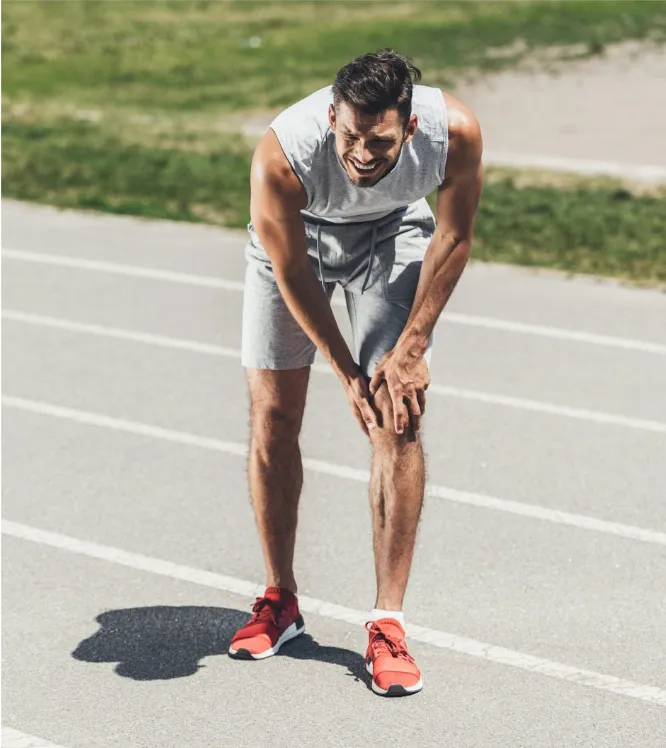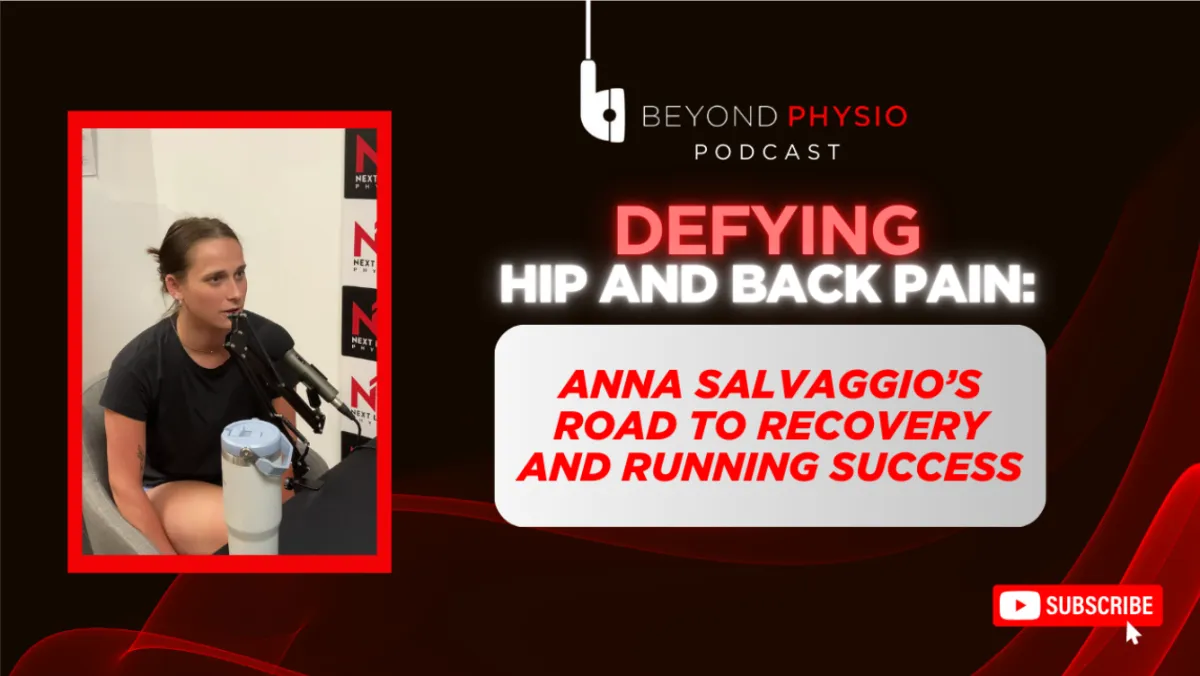The Surprising Truth About Running Injuries: 70% of Marathoners Are Doing It Wrong
6 MINUTE READ
Did you know that up to 70% of runners experience an injury every year? Whether you're a seasoned marathoner or just starting out, the key to avoiding the most common running injuries might surprise you—and it’s not about fancy shoes or endless stretching routines. Let's dive into how you can run smarter, avoid injury, and keep hitting the pavement pain-free.
Key Takeaways:
Up to 70% of runners experience an injury annually, with knees being the most common area affected.
Rapid mileage increases, abrupt surface changes, and inadequate recovery time are major risk factors for injuries.
Gradual training progression, proper biomechanics, and strength training are crucial strategies for minimizing injury risk.

Running injuries can derail your progress and leave you frustrated on the sidelines. In fact, 45-70% of endurance athletes experience at least one injury every year, with knee injuries being the most common, accounting for 26-50% of all lower extremity injuries. But here’s the good news—you can prevent running injuries with the right approach.
Why Most Runners Get Injured
Many runners think that more miles equal more progress, but this mentality is a recipe for injury. The most common factors leading to running injuries include:
Rapid increase in weekly mileage
Running on uneven or changing surfaces
Not alternating hard and light training days
Poor running technique
Poor strength
Returning to previous mileage too quickly after a break
Even novice runners face higher injury rates than experienced runners, showing that proper training progression is key.
The Injury Myths Every Runner Needs to Know
Runners often fall into common traps when trying to prevent injuries. Let’s bust a few myths:
Myth: Stretching before and after every run prevents injury.
Reality: Static stretching (for long periods of time) before running may actually decrease performance and does little to prevent injuries. Instead, focus on a proper warm-up and dynamic movements.
Myth: Footwear is the key to preventing injuries.
Reality: Shoes are important, but shoes alone won’t stop injuries. It’s more about how you run, not what’s on your feet.
Myth: If you have knee pain, running is the cause.
Reality: Often, the root cause of knee pain isn't the act of running itself, but poor form and bad habits.
How to Reduce the Risk of Running Injuries (and Keep Running Pain-Free)
So, what’s the solution? Research points to a combination of three key strategies:
Gradual Training Progression
Don’t increase mileage too quickly. Build your endurance over time and alternate hard and light days to avoid overuse injuries.
Strength Training
Strengthening your lower limbs, especially through resistance exercise and plyometrics, can improve your running economy and reduce injury risk. Incorporate squats, lunges, and calf raises to build strong legs.
Proper Running Form
Midfoot and forefoot strikers tend to experience fewer lower extremity injuries compared to heel strikers. Improving your running biomechanics can take time, but it’s one of the most effective ways to prevent injuries.
Watch How Anna was able to run her first half marathon without back, knee, and hip pain!
Stop Getting Hurt—Start Running Smarter
Most running injuries are preventable. By addressing your training habits, focusing on strength, and improving your form, you can run stronger and more efficiently. It’s not about running harder—it’s about running smarter.
If you’re serious about staying injury-free, don’t wait until pain stops you in your tracks. Invest in your running form and prevent future injuries with a FREE runners knee pain assessment—valued at $299.
During your free runners assessment, we’ll:
Analyze your running history
Record your outdoor running analysis
Discuss how to work together to get you running injury-free
Click here to schedule your free runners knee pain assessment at our Cary location today and join the thousands of runners who are back to running and on the move!

— Dr. Jerry Yoo is the Founder of Next Level Physio. He has worked with elite and professional athletes, runners, and triathletes for over 25 years. As a clinical running research partner with Rutgers University, Dr. Jerry specializes in helping runners and lifelong athletes over 40 get back to what they love to do.
Reference:
Cadez-Schmidt, A., Cadez-Schmidt, T., & Kravitz, L. (n.d.). Understanding and preventing common running injuries. University of New Mexico. https://www.unm.edu/~lkravitz/Article%20folder/runninginjuries.html
Post Address and Mail
Email: info@nlphysio.com
Address
1055 Darrington Drive
Cary, NC 27513
Get In Touch
Hours
Mon - Fri: 9:00 am- 6:00 pm
Sat: By Appointment (8:00 am - 12:00 nn)
Sun: Closed
Phone Number:
919-650-4633
Office: 1055 Darrington Drive
Cary, NC 27513
Call 919-650-4633
Email: info@nlphysio.com
Site: www.nlphysio.com


